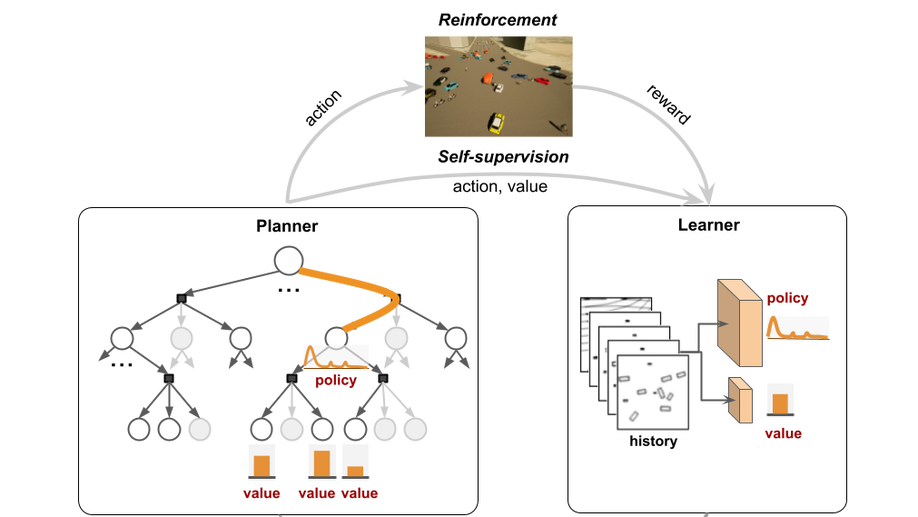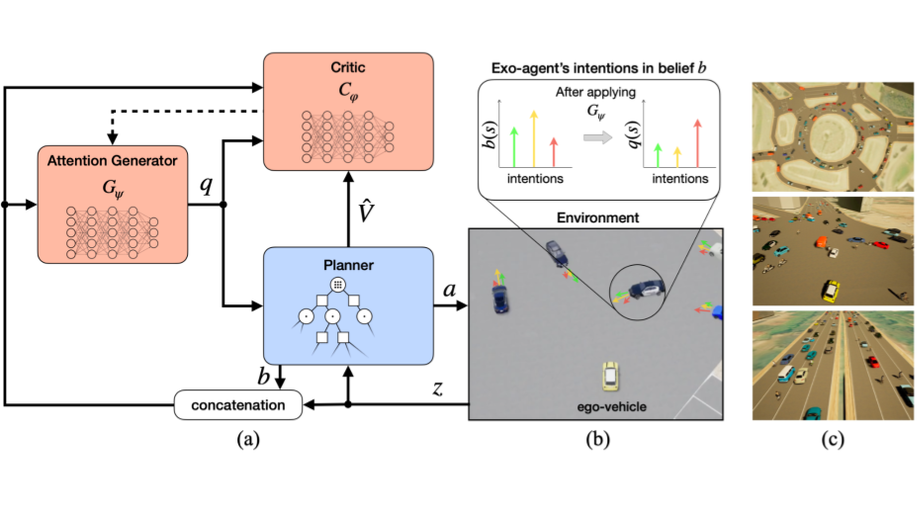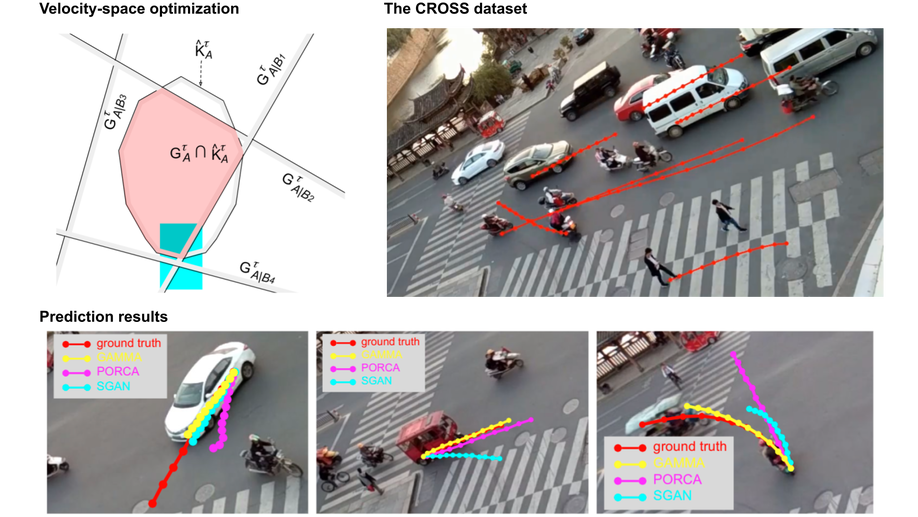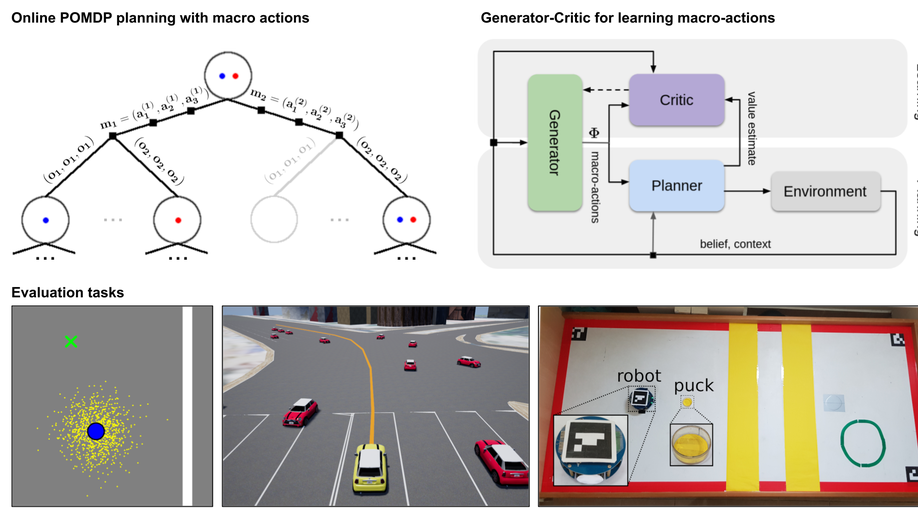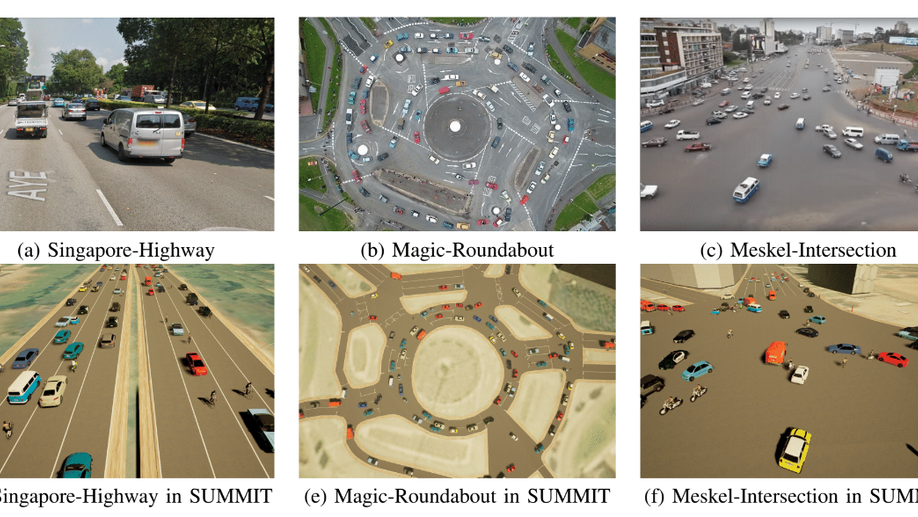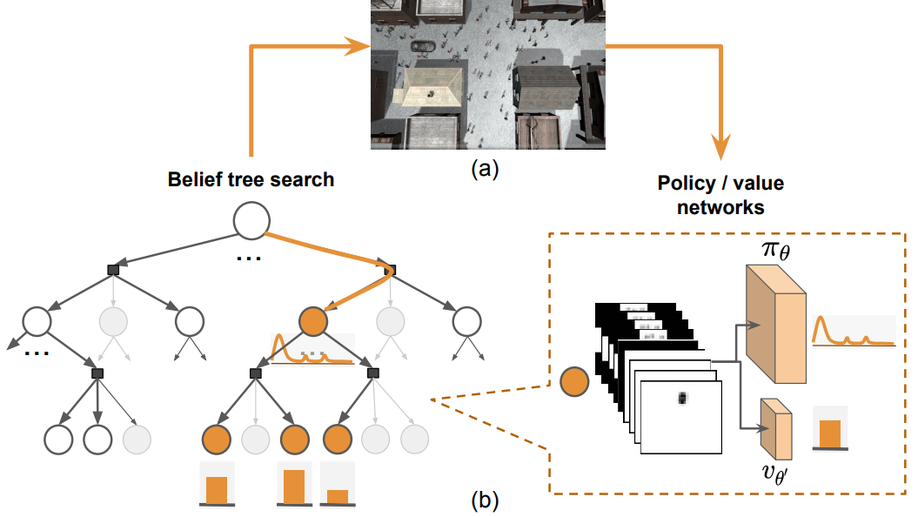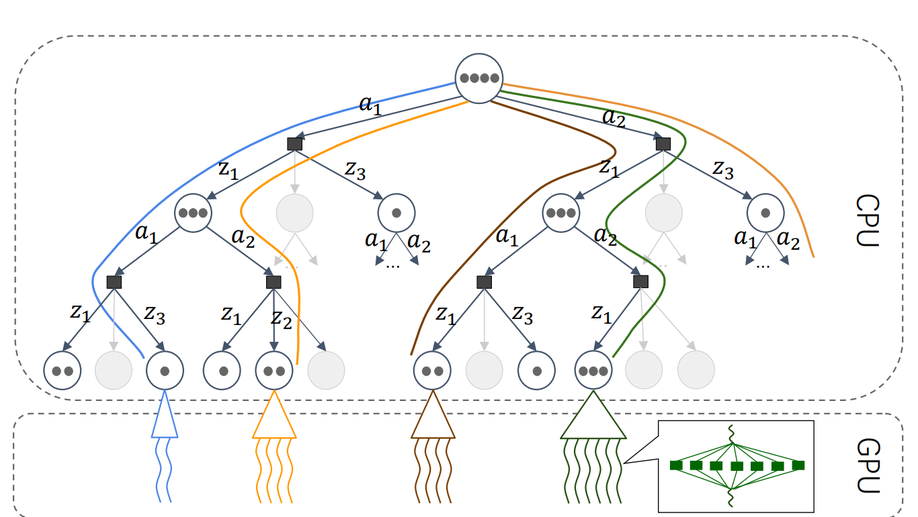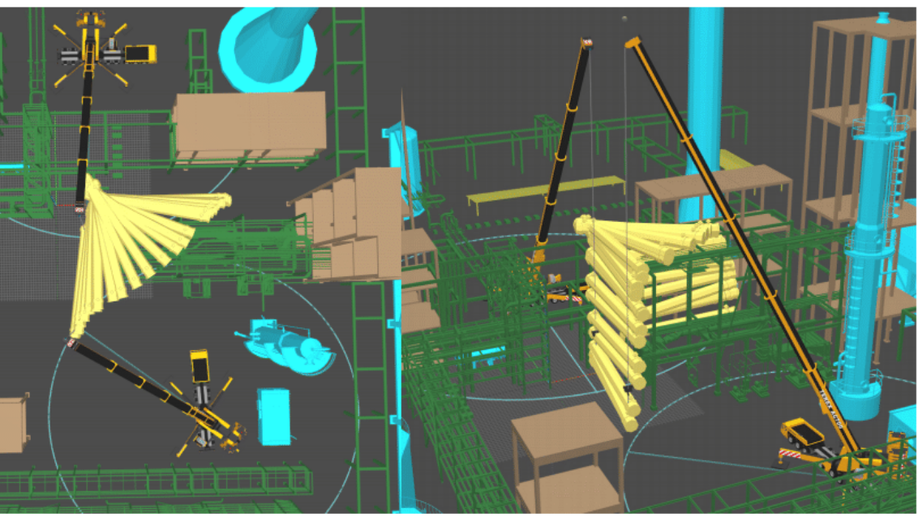Panpan Cai
Associate Professor
Shanghai Jiao Tong University (SJTU)
Biography
I am a roboticist. I am currently an associate professor in Shanghai Jiao Tong University (SJTU), China. Prior to that, I was a postdoctoral research fellow supervised by Prof. David Hsu at the Department of Computer Science, National University of Singapore. I received my PhD degree from the Nanyang Technological University. I have been focusing on tackling large-scale decision making problems in robotics that involve complex environments, uncertainties and long-term planning. My research interests include robot motion planning, decision making, robot learning, parallel computing, and their applications to autonomous driving in crowded environments. My goal is to enable robots to seamlessly interact with humans in crowded, chaotic environments and accomplish complex tasks. Please see this video for a 3-min introduction of my recent research, or see my research statement and CV for details.
Interests
- Robot planning and decision making
- Robot learning
- Integrate planning and learning
- Autonomous driving in crowed traffic
- Parallel computing
Education
-
PhD in Robotics, 2016
Nanyang Technological University, Singapore
-
Bsc in Computational Mathematics, 2011
ChuKoChen Honors College, Zhejiang University, China
